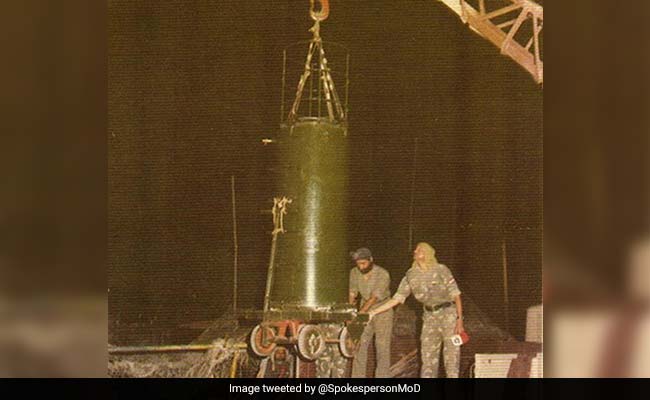SOURCE: RAUNAK KUNDE / NEWS BEAT / IDRW.ORG


The Stockholm International Peace Research Institute (SIPRI) has released its annual assessment of nuclear weapons across the nine nuclear-armed states: the United States, Russia, the United Kingdom, France, China, India, Pakistan, North Korea, and Israel. According to SIPRI’s latest report, India’s nuclear weapons inventory is estimated to be around 172 stored warheads, including its military stockpile. This represents an increase of eight warheads from the 2023 estimate of 164 units.
For the first time in over two decades, SIPRI estimates that India’s nuclear stockpile exceeds that of Pakistan. The 2024 estimate positions Pakistan’s nuclear arsenal at approximately 170 warheads. This development marks a significant milestone in the regional nuclear dynamics between the two neighboring countries. Notably, India’s nuclear inventory does not include tactical nuclear weapons, which are designed for use on the battlefield and are a key component of Pakistan’s nuclear strategy.
With an estimated 172 nuclear-ready warheads, India now possesses the fourth-largest nuclear arsenal globally, trailing behind Russia (2,670), the United States (1,938), and China (476). This slight expansion in 2023 highlights India’s ongoing efforts to bolster its nuclear deterrent.
Both India and Pakistan have continued to develop new types of nuclear delivery systems throughout 2023. While Pakistan remains the primary focus of India’s nuclear deterrent strategy, there is a noticeable shift in India’s strategic focus towards enhancing its capabilities against China. This includes the development of longer-range nuclear weapons capable of reaching targets across China.
India’s nuclear strategy has traditionally centered around maintaining a credible minimum deterrent, emphasizing a no-first-use policy. The expansion and modernization of India’s nuclear arsenal reflect its strategic priorities in maintaining a robust deterrent capability in a complex security environment. The emphasis on longer-range delivery systems signifies India’s recognition of the evolving security challenges posed by China’s military advancements and assertive postures in the region.
The increase in India’s nuclear stockpile and its surpassing of Pakistan in this regard could potentially influence the strategic calculus in South Asia. Pakistan’s reliance on tactical nuclear weapons is aimed at countering India’s conventional military superiority. However, India’s focus on developing longer-range systems and enhancing its second-strike capabilities through advancements in submarine-launched ballistic missiles (SLBMs) and intercontinental ballistic missiles (ICBMs) suggests a broader strategic framework.
NOTE : Article cannot be reproduced without written permission of idrw.org in any form even for YouTube Videos to avoid Copy right strikes. Websites doing illegal reproductions will get DMCA and Legal Notices.